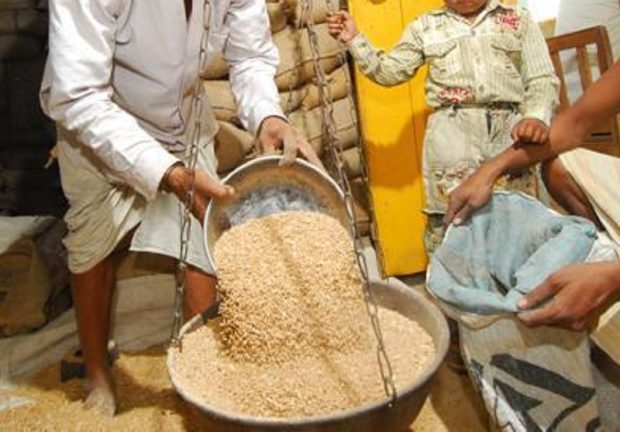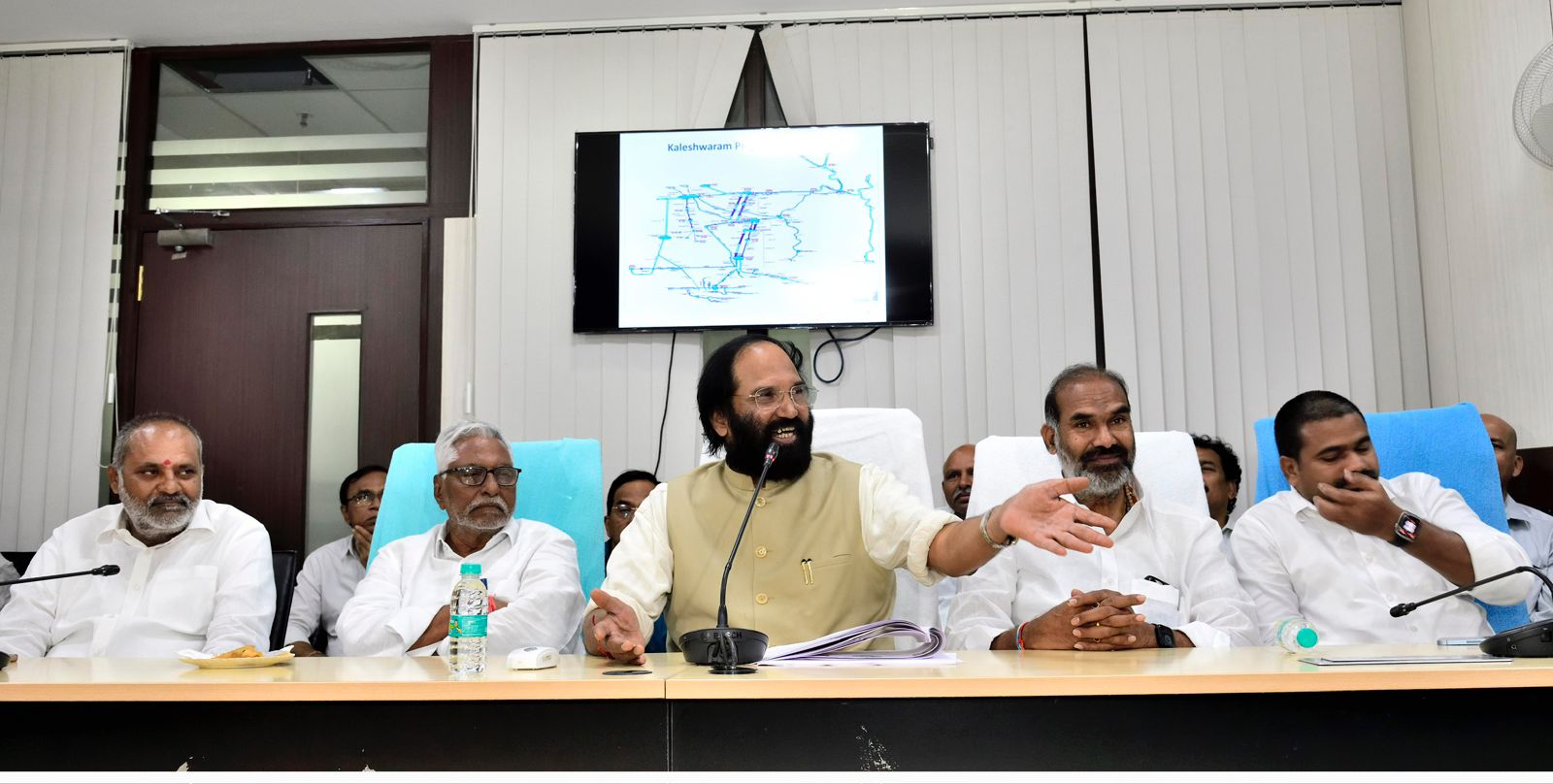Food insecurity, undernourishment increased in South Asia during Covid

Kathmandu: The triple whammy of the Covid-19 pandemic, the Ukraine-Russia war, and frequent natural disasters have made the food security system in South Asia more vulnerable while increasing the prevalence of undernourishment in the region, including in India, according to an international report.
The Global Food Policy Report (GFPR) 2023 launched by the International Food Policy Research Institute (IFPRI) said that globally the undernourished population had increased to 768 million in 2021, marking a 34.2 per cent rise from 2014 when it was estimated to be 572 million.
South Asia has emerged as the most vulnerable region to such changes, underscoring the need for effective, more resilient, and timely responses to the crisis, the report, which was released on Monday, said.
According to the report, undernourishment was most prevalent in Afghanistan at 30 per cent between 2019 and 2021 followed by 17 per cent in Pakistan, 16 per cent in India, 12 per cent in Bangladesh, six percent in Nepal, and four percent in Sri Lanka.
“In relation to the GFPR book crisis related issue, India’s order of magnitude problem in every state is bigger than many countries. Eighteen per cent of the world’s population lives on less than 2.4 per cent of the land. And, it is the largest user of water for agriculture. Hence there is a severe strain on resources,” Dr. Mamata Pradhan, Research Coordinator, IFPRI South Asia region, told PTI.
“India because of this gets prone to shocks and effects and crises can have large effects in terms of numbers. While we are here there are heat wave deaths right next to the Nepal border in UP and Bihar and there was a major cyclone,” Pradhan added.
Between 2019 and 2021, Afghanistan recorded the highest of around 23 per cent of severe food insecurity, Nepal around 13 per cent, Bangladesh approximately 11 per cent, Pakistan around eight per cent, and Sri Lanka approximately two per cent.
The prevalence of severe food insecurity is an estimate of the proportion of the population that resides in severely food-insecure households.
The likely contributors to increasing food insecurity in entire South Asia are the COVID-19 pandemic, the Russia-Ukraine War, implications of various natural disasters, the energy crisis, the global rise in prices of food, petroleum products, and fertiliser, and political instability.
“Food security is a huge issue that needs to be tackled through several interventions and India has already taken a lot of steps in that direction. Undernourishment is a concern but that can be addressed through policy interventions,” said Dr. Ranjitha Pushkar, Country Representative for India and Research at The International Rice Research Institute (IRRI), who was not involved in the report.
“The recovery and development of food systems in South Asia face multiple challenges. Although spillover effects from the Russia-Ukraine war have not been large, South Asia has been affected by the global rise in food, fuel, and fertiliser prices. Food prices have risen sharply, contributing to food insecurity. In September 2022, the year-on-year consumer inflation rate for food was 66 per cent in Sri Lanka, 36 per cent in Pakistan, and about 8 per cent in India, Bangladesh, and Nepal,” the report states.
Last year, India banned the exports of foodstuffs mainly wheat due to food shortage caused by inclement weather.
“India has a very important role to play for the region in crises. What India does in terms of policies and actions can be critical as cause, effects, and recovery from crisis,” Pradhan said.
“India’s trade policy can play an important role and the innovations in infrastructure and institutions can be important for adoption elsewhere because the population size makes it the biggest laboratory to test systems. What India did on direct transfers, social safety nets can provide lots of lesions to other countries in the region,” she added.
The report identifies climate change as one of the reasons behind falling agricultural production in many countries.
“Climate change is rapidly intensifying, increasing pressure on food systems, rural livelihoods, and ecosystems more broadly. While some places may benefit from a longer growing season amid rising temperatures, changing weather patterns and advancing desertification have reduced the average growth in agricultural productivity by as much as 21 per cent since 1961,” it said.
Disruption in the food supply chain and ill-managed migrations are also noted as the reasons for increasing food insecurity.
The report emphasises on better prediction, preparation, and resilience building to make future crises less devastating.
“On other issues like early warning system, India with developments in technology can improve for herself and the region,” Pradhan added. PTI SAR PY (Disclaimer: This PTI journalist was in Nepal for the launch of Global Food Policy Report 2023 at the invitation of International Food Policy Research Institute.)




